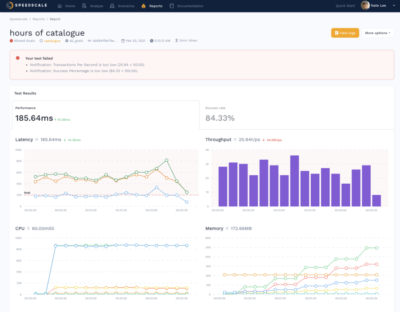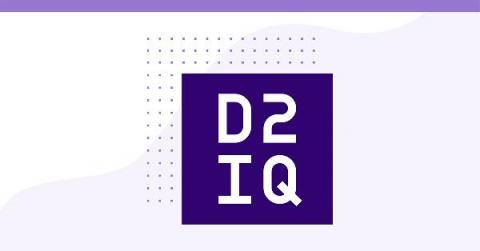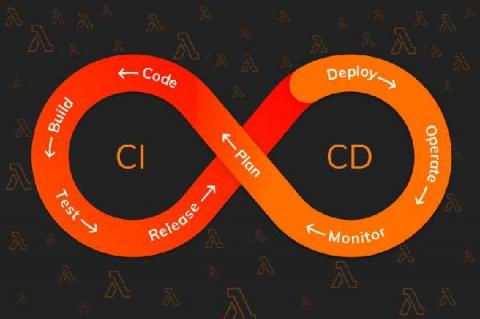Operations | Monitoring | ITSM | DevOps | Cloud
Latest News
Feature Spotlight: Golden Signals
As a team we have spent many years troubleshooting performance problems in production systems. Applications have gotten so complex you need a standard methodology to understand performance. Fortunately right now there are a couple of common frameworks we can borrow from: Despite using different acronyms and terms, they fortunately are all different ways of describing the same thing.
The True Cost of IT Failures (and What to Do Instead)
In this age of digital transformation, any issues with your IT infrastructure can cause major disruptions to your business. On top of this, IT environments that support critical business applications continue to get more complex and dynamic. As failures, outages, and incidents increase in volume and cost, the risk of an outage within your company becomes a very expensive one.
AI Chihuahua! Part II
With build-or-buy decisions, it often comes down to an all-in-one platform or a mixture of best-of-breed technologies. With open-source technology companies can actually get the best of everything. So, why not roll your own platform based on top-notch technologies? The real question is whether enterprises can afford to. Open-source software is free to use, but teams have to invest quite a bit in selecting, introducing, using, and maintaining these technologies.
Building and running FIPS containers on Ubuntu Pro FIPS
Canonical provides customers Ubuntu Pro images AWS Marketplace. Ubuntu Pro for AWS is a premium AMI designed by Canonical to provide additional coverage for production environments running in the cloud. It includes security and compliance services, enabled by default, in a form suitable for small to large-scale Linux enterprise operations — with no contract needed.
Customizing Containers during App Modernization using CloudHedge
CloudHedge Transform provides the user with the option of modifying the data that goes into the container. It uses the data gathered from the X-Ray, a part of the CloudHedge Discover module that has been performed on the process. Using the Transform Platform, the user can currently: The Edit Dockerfile feature can be used to: And the File Selection feature can be used to.
Surveying the Tides of Cloud-Native & Open Source Observability
We can plausibly say the enterprise development market turned the tide on cloud-native development in 2020, as most net-new software and serious overhaul projects started moving toward microservices architectures, with Kubernetes as the preferred platform.
Hosted Prometheus vs. Hosted Graphite
In this article, we will discuss major features, differences, and similarities of the open-source monitoring tools known as Prometheus and Graphite. We will then dive into how you can benefit from MetricFire’s hosted Prometheus and Graphite. Lastly, we will explain why, given the choice, hosted Graphite could be a better monitoring option for you. MetricFire provides comprehensive monitoring solutions with Hosted Prometheus and Hosted Graphite.
How to reduce your AWS bill up to 60%
Let’s face it. Once you have consumed your free credit, AWS costs an arm and a leg. This is the price to pay for high-quality services. But how can you reduce your costs without sacrificing quality? This post will show you how to reduce your bill by up to 60% by combining four built-in features in Qovery. There are three categories of costs on AWS. The “data transfer”, the “compute”, and the “storage” costs.
Making CI/CD work with serverless
“Serverless computing is a cloud-computing execution model in which the cloud provider runs the server, and dynamically manages the allocation of machine resources. Pricing is based on the actual amount of resources consumed by an application.” — “Serverless Computing”, Wikipedia This mundane description of serverless is perhaps an understatement of one of the major shifts in recent years.











